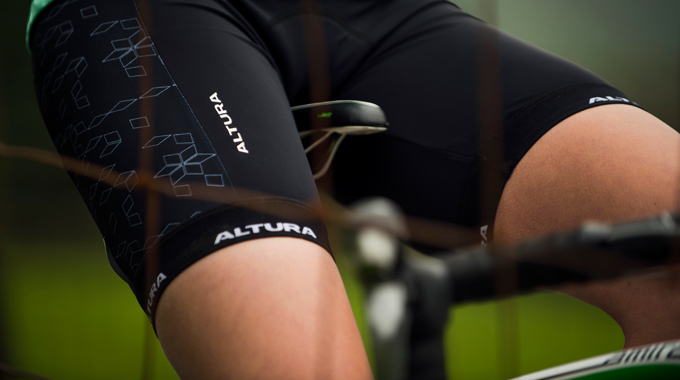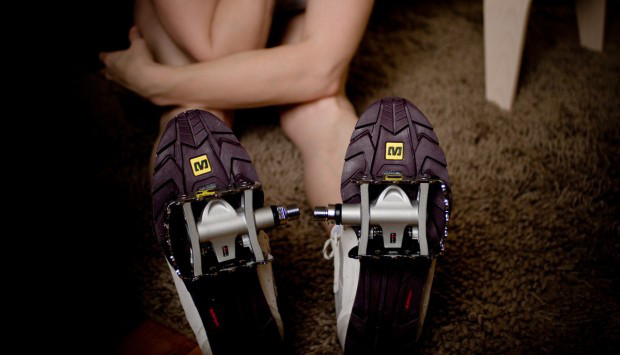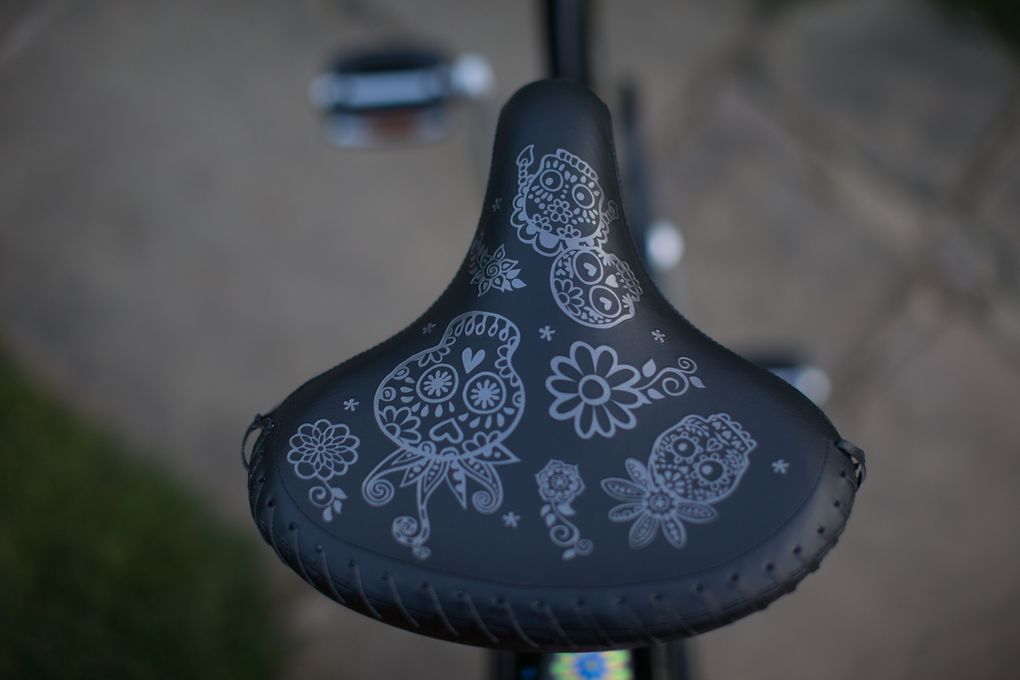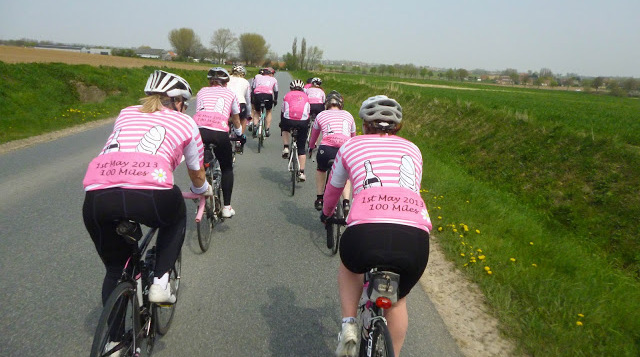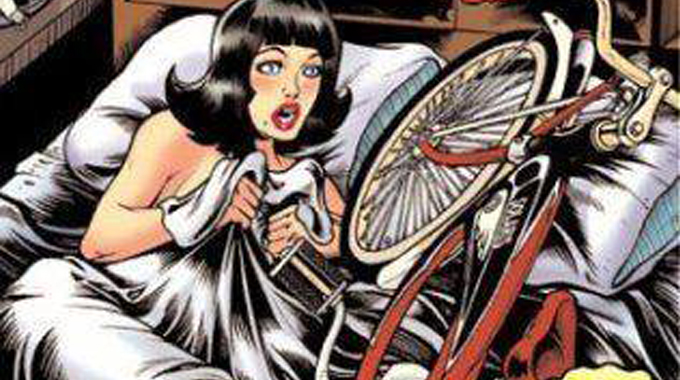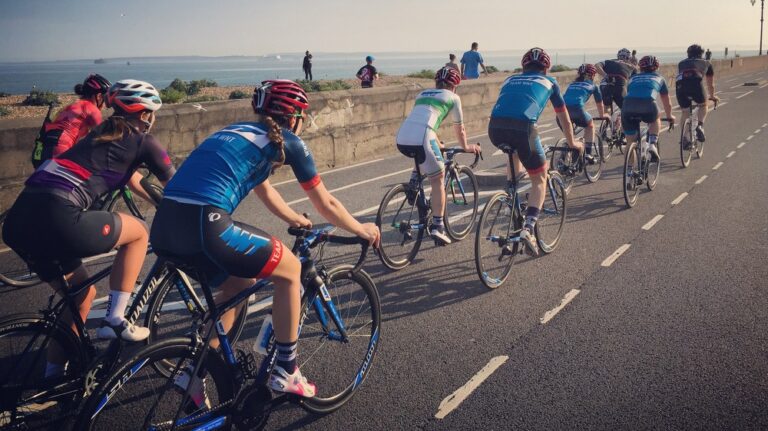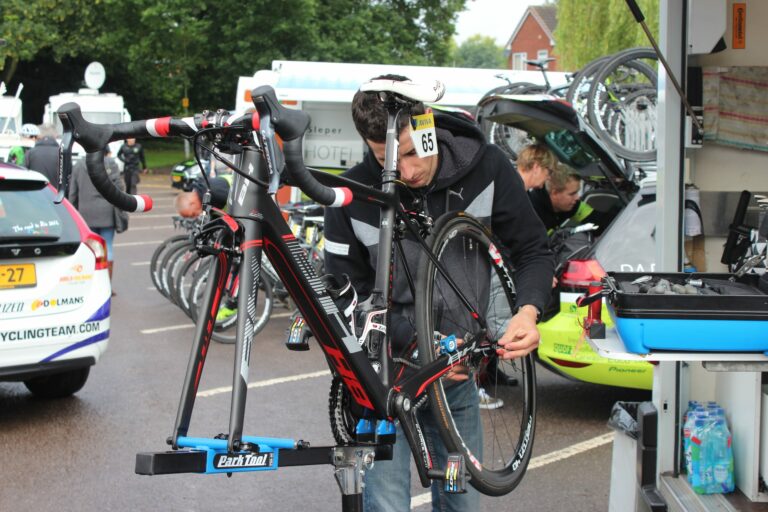Summer is without a doubt the most popular time to take up cycling – riding outside is considerably more pleasant, and there are some major events taking place right on our doorsteps which can prove to be hugely inspiring.
Though many of us might feel tempted to pick up a bike after seeing pro cyclists whizz past, resplendent in matching lycra, it doesn’t mean we want to copy them down to the mid-calf socks and deep section wheels. The average beginner roadie wants to have fun, stay safe, and feel comfortable.
Here’s a look at some of the key questions beginners ask – and the answers…
Can I ride any bike?
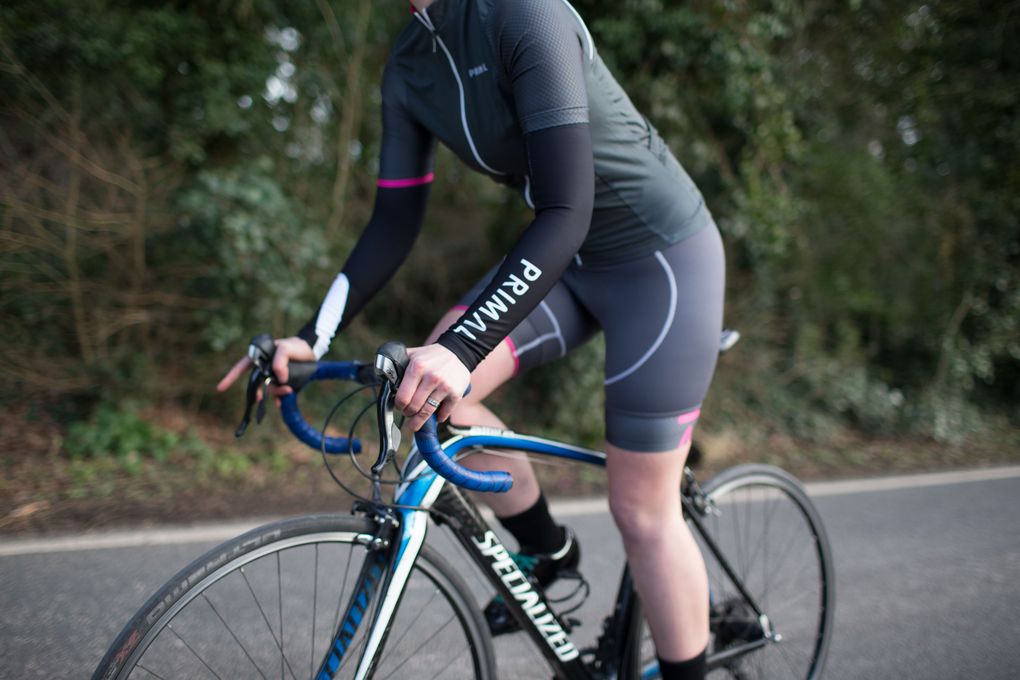
You can ride pretty much any bike on the road – with the exception of a track bike with no brakes. But that doesn’t mean that any bike will be nice to ride on the road.
Road bikes are designed with slim tyres so they roll well on the tarmac, light frames to make the climbs pleasant, and drop handlebars so you can change positions. All of these things mean that they’re quick and fun in their natural habitat.
This said, if drop bars aren’t up your street, flat bar road bikes and hybrids are also perfectly good road companions. Some come with knobbly tyres so that you can take them off-road, but you can swap them for slicks if you plan to stick to the smooth stuff.
The golden rules:
- The jury is still out on women’s road bikes. Generally they’re slightly shorter in the top tube, because some brands believe women need a shorter reach. They also come with women’s saddles and narrower handlebars – but you can swap these out yourself. At the end of the day, the choice is personal – test ride a few bikes and decide what you like.
- Always test ride a bike before you buy it – they do all have their own ‘personalities’ and characteristics
- Buy from a shop where they will set you up with the right saddle height and reach


